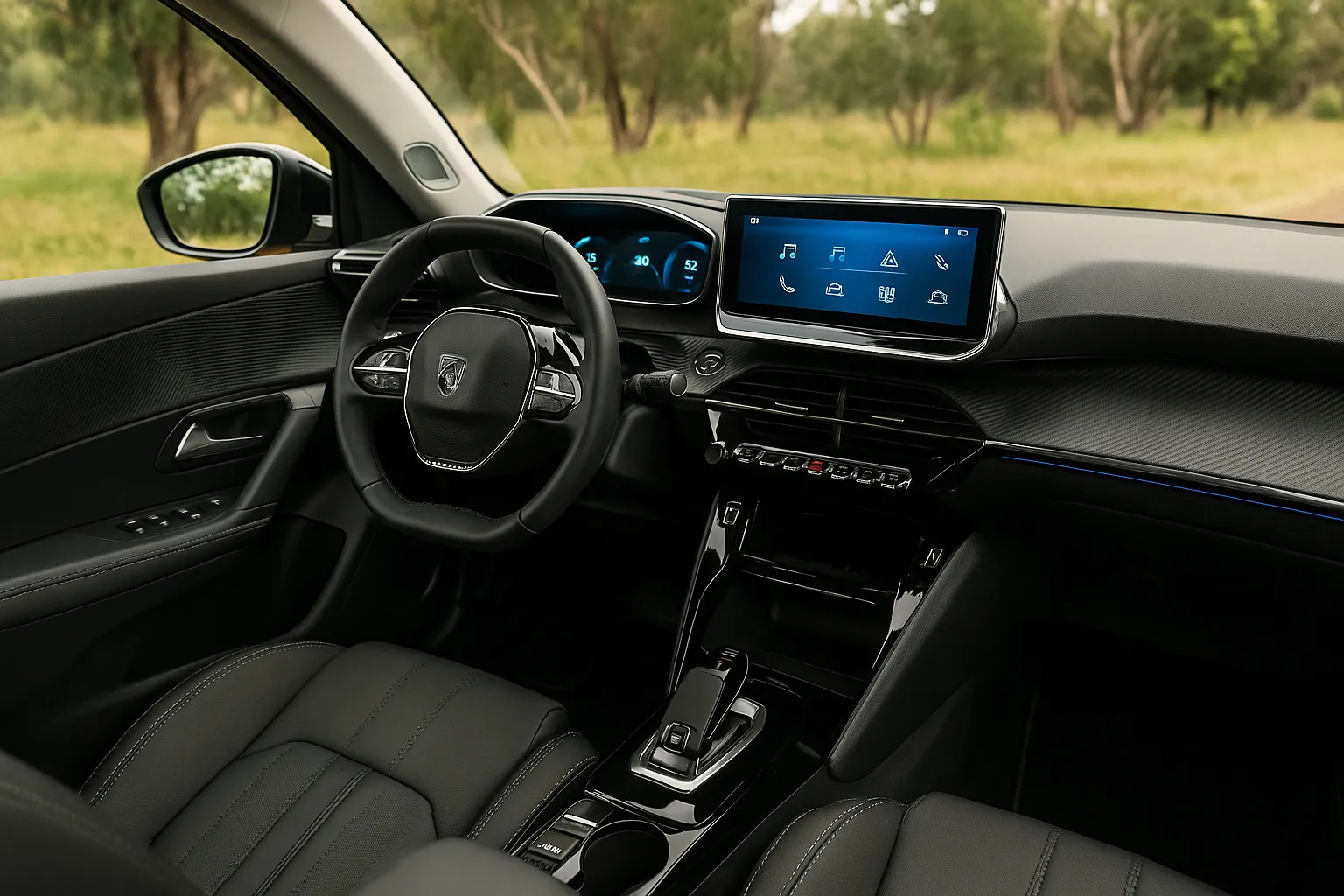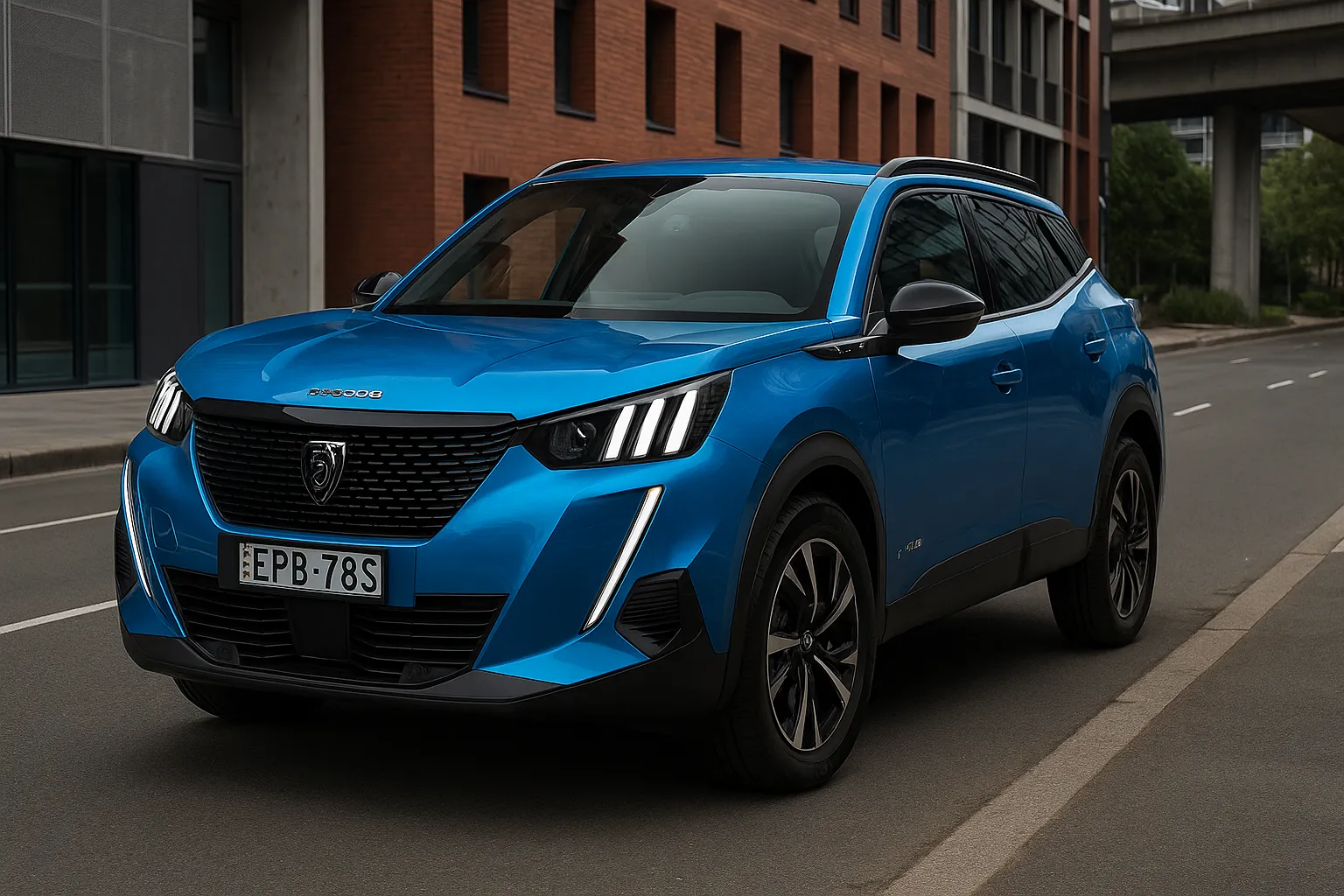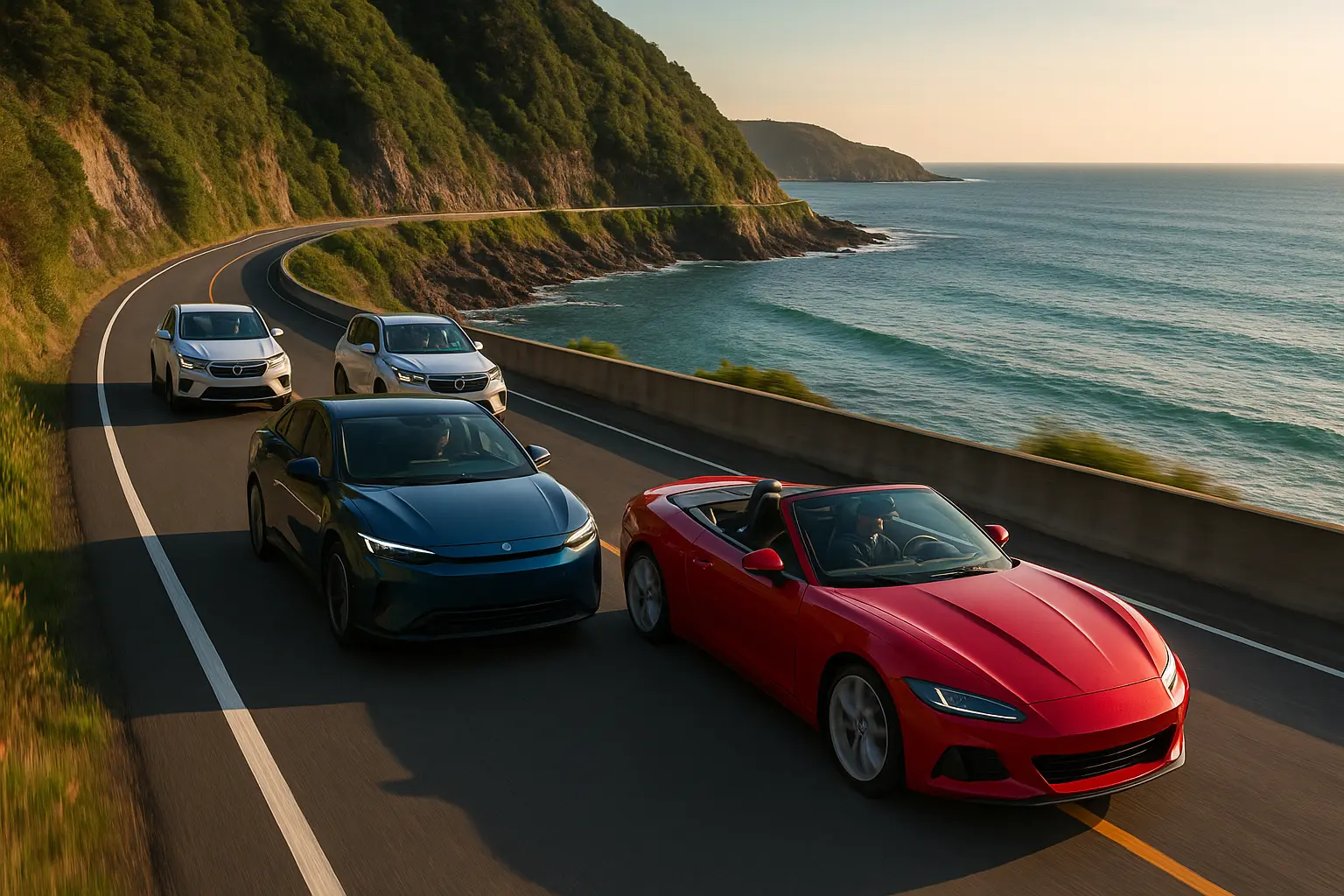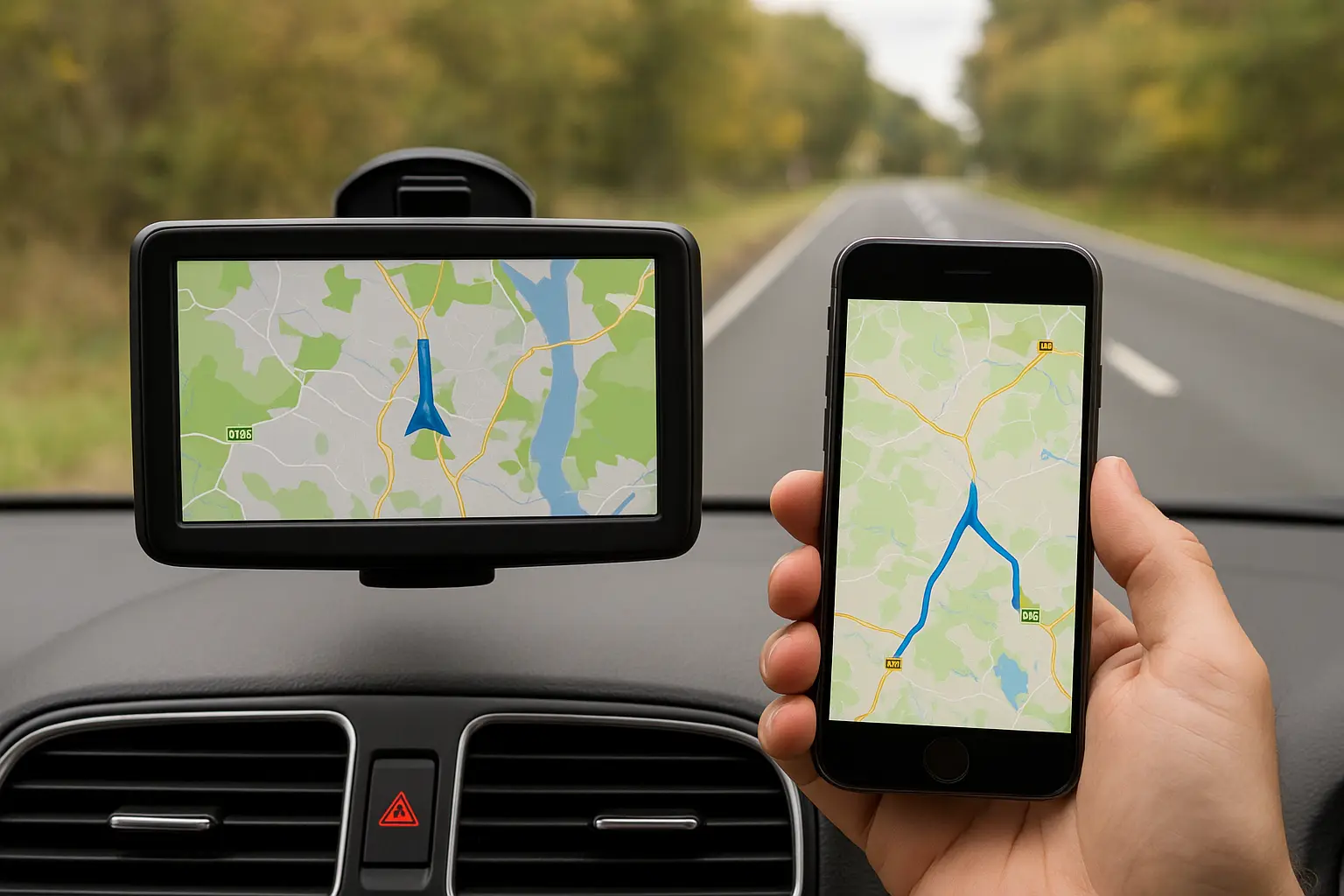When it comes to compact electric SUVs, Australian buyers have no shortage of options in 2025. Yet, standing out in this increasingly crowded space is the newly refreshed 2025 Peugeot e-2008, a European-designed EV that brings French flair, compact practicality, and a refined urban driving experience to the local market.
But is good design and an electric badge enough in a segment dominated by the likes of the MG ZS EV, Hyundai Kona Electric, and BYD Atto 3? Let’s deep dive into what makes the e-2008 tick, where it shines, where it stumbles, and most importantly — whether it's worth your dollars in Australia.

Overview: What Is the 2025 Peugeot e-2008?
The Peugeot e-2008 is the battery-electric version of the Peugeot 2008 — a stylish, city-friendly SUV that has been revamped for 2025 with more range, updated tech, and a sharper design. It sits in the compact SUV segment, ideal for urban drivers, downsizers, or small families wanting something electric but different from the usual suspects.
Key Specifications (Australia – 2025 Model):
- Battery: 54 kWh usable (51 kWh net)
- Range: Up to 405 km (WLTP)
- Power Output: 115 kW
- Torque: 260 Nm
- Charging: 100 kW DC fast charging
- Drivetrain: Front-wheel drive
- Boot Space: 434L
Design and Styling: A French Standout
From the front, the e-2008 looks distinctly Peugeot, with the now-familiar vertical LED fang-like DRLs and the large grille that’s more decorative than functional in an EV. The 2025 update sharpens the front bumper, adds sleeker LED headlamps, and new alloy designs to give it a modern and upscale appearance.
Exterior highlights:
- Gloss black accents and colour-coded inserts
- Subtle “e” badging and blue-themed Peugeot logos
- Floating roofline and sculpted sides
- Optional 18-inch alloys
Its dimensions are compact enough for city parking (4.3m long), but tall and bold enough to deliver that SUV presence many buyers love. It doesn’t look like a budget EV — and that’s a key selling point.
Interior & Cabin Experience: Premium Feel in a Compact Shell
The cabin of the 2025 Peugeot e-2008 is where it really plays the Euro card well. The brand’s i-Cockpit layout returns — a small steering wheel set low, and a digital instrument cluster set high above it. It's divisive, but undeniably different.
Interior Quality
- Soft-touch materials across the dash
- Contrasting stitching on seats
- Mood lighting options and ambient trim
- Wireless Apple CarPlay and Android Auto
It feels more upmarket than its price suggests, with materials and finishes that wouldn’t be out of place in an Audi Q2 or MINI Countryman.
Tech Features (GT variant highlights):
- 10-inch touchscreen with new graphics
- Configurable 3D digital cockpit
- Keyless entry and start
- Adaptive cruise control
- Wireless charging pad
- Auto climate control
The infotainment system is vastly improved over the previous generation — now snappier and more intuitive, though some menus still require a bit of learning.

Performance: What’s It Like to Drive?
Peugeot’s EV motor doesn’t promise headline power, but it’s tuned for smooth urban acceleration and comfort. The 115kW motor provides a 0–100km/h time of around 9.1 seconds — not quick, but adequate for a city-centric SUV.
Driving Impressions
- Light steering and tight turning circle = great for city driving
- Well-damped suspension offers good comfort on rough roads
- Quiet cabin with minimal wind and road noise
- Smooth and linear EV acceleration
On suburban and metro drives, the e-2008 feels zippy and refined. It’s not a performance car, but it’s predictable, agile, and polished, which is more important in the EV space.
Range and Charging: How Practical Is It?
The new 54 kWh battery gives it a claimed WLTP range of up to 405km — a noticeable bump from the older model. In real-world Aussie conditions (air con on, suburban stop/start, occasional highway), expect closer to 330–360km.
Charging Breakdown
- AC Charging: 7.4kW (0–100% in ~7.5 hrs on home wallbox)
- DC Charging: Up to 100kW (10–80% in ~30 minutes)
That’s not groundbreaking but aligns well with most rivals. The inclusion of CCS fast-charging means it works with the majority of Australian public networks like Chargefox and Evie.
Safety and Driver Assistance
Safety credentials are decent, though not class-leading. The e-2008 has a 4-star ANCAP safety rating (based on the 2008 petrol variant), and the EV inherits all the expected assistance systems.
Standard Safety Features:
- Autonomous emergency braking (AEB)
- Lane keeping assist
- Blind spot monitoring
- Rear cross-traffic alert
- Traffic sign recognition
- Reversing camera with sensors
It lacks full Level 2 semi-autonomy (like lane centering + auto lane change), but the core features are here and work well.
Practicality: Is It Family-Friendly?
While it’s no RAV4 in size, the e-2008 is surprisingly practical for a compact SUV.
Boot Space:
- 434 litres (seats up)
- Flat load floor
- Split-folding rear seats
Rear Seat Room:
- Good headroom and legroom for average adults
- Rear air vents and USB-C ports
- Isofix mounts on both outer seats
For a young family or a couple who occasionally need extra space, it works well. However, larger families might find it a bit snug compared to rivals like the Hyundai Kona Electric.
Variants and Pricing in Australia (2025)
Peugeot Australia offers the e-2008 in two main trims:
| Variant | Drive-away Price (Approx) | Key Additions |
|---|---|---|
| Allure | $49,990 | Fabric seats, 7-inch touchscreen, basic safety kit |
| GT | $54,990 | Larger 10" screen, digital cluster, alloy wheels, ambient lighting |
While the pricing puts it above value leaders like the MG ZS EV ($39k) and BYD Atto 3 ($48k), the Peugeot trades on design, refinement, and premium feel.
Competitor Comparison
Here's how the Peugeot e-2008 stacks up:
| Feature | Peugeot e-2008 | MG ZS EV | BYD Atto 3 | Hyundai Kona EV |
|---|---|---|---|---|
| Price (Drive-away) | $49–55k | $39k | $48k | $52k |
| WLTP Range | 405 km | 320 km | 420 km | 484 km |
| Battery Size | 54 kWh | 50 kWh | 60.4 kWh | 64.8 kWh |
| Max Charging Speed | 100 kW | 80 kW | 88 kW | 100 kW |
| Interior Quality | Premium | Basic | Mid-range | Premium |
The Peugeot lands somewhere between the MG’s value and Hyundai’s polish — with style and finish as its core appeal.
Ownership Costs & Warranty
- Battery Warranty: 8 years / 160,000 km (70% capacity)
- Vehicle Warranty: 5 years / unlimited km
- Service Interval: 12 months or 25,000 km
- Estimated Running Cost: $4–$5 per 100km
Thanks to EV simplicity (no oil, no timing belts), the Peugeot e-2008 is cheap to run, though dealer servicing may cost more than BYD/MG.
Pros and Cons
Pros:
✅ Stylish and unique Euro design
✅ Premium-feel interior
✅ Smooth, refined driving experience
✅ Decent range and fast charging
✅ High equipment levels in GT trim
Cons:
❌ Pricey compared to rivals
❌ Rear seat space could be better
❌ Infotainment still a bit fussy
❌ No AWD option
Verdict: Is the 2025 Peugeot e-2008 Worth Buying?
The 2025 Peugeot e-2008 isn’t trying to win the range war or dominate with rock-bottom pricing. Instead, it’s aimed at drivers who want something a bit different — an EV that looks and feels more upmarket, while still being compact, clean, and city-suitable.
If you're happy to pay a premium for design, interior quality, and driving polish — and you don’t need loads of space — this could be the most stylish small EV SUV in Australia today.
Final Rating (CarSoop Verdict)
Score: 8.4/10
A chic, well-rounded compact EV with premium flair. Great for singles, couples, or young families who want to stand out from the EV crowd.
Leave a comment
Your email address will not be published. Required fields are marked *




















